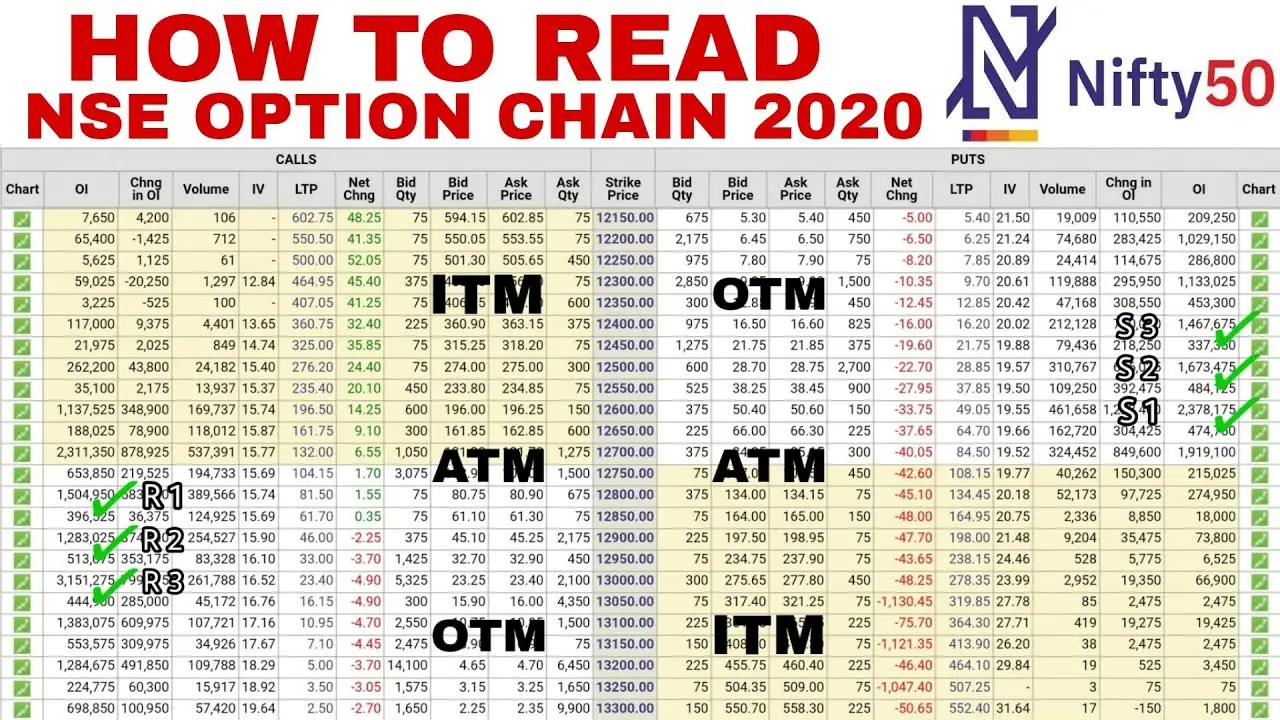
An In-Depth Look at the Indian Share Market
The Indian share market, often referred to as the stock market, plays a crucial
role in the country’s economy, acting as a barometer of financial health and
investor sentiment. The market is composed of two primary exchanges: the
Bombay Stock Exchange (BSE) and the National Stock Exchange (NSE), both
of which provide platforms for the trading of various securities, including
stocks, bonds, derivatives, and commodities. Let’s dive into the intricacies of
the Indian share market, its structure, functioning, and its importance to
investors and the economy.
A Brief History of the Indian Share Market
The Bombay Stock Exchange (BSE), established in 1875, is Asia’s oldest stock
exchange and one of the world’s largest in terms of the number of companies
listed. Meanwhile, the National Stock Exchange (NSE) was founded in 1992 to
bring more transparency and efficiency to the Indian markets through
electronic trading. Both exchanges have since become central pillars of
India’s financial system, with the NSE gaining prominence due to its
sophisticated technology and larger trading volumes.
Structure of the Indian Share Market
The Indian share market can be broadly categorized into two segments:
1. Primary Market : This is where companies issue new securities to raise
capital through Initial Public Offerings (IPOs) or follow-on public
offerings. Investors purchase these securities directly from the issuing
company. The primary market helps companies access funds for
expansion, debt repayment, or other corporate activities.
2. Secondary Market : Once securities are issued in the primary market,
they are traded among investors in the secondary market. The BSE and
NSE provide the platform for this trading. The prices of securities in the
secondary market fluctuate based on supply and demand, investor
sentiment, and various economic factors.

Key Indices
Indices are crucial for gauging the performance of the stock market. In India,
the two most notable indices are:
S&P BSE Sensex : A benchmark index of the BSE, it comprises 30
financially sound and well-established companies from different
sectors. The Sensex reflects the overall performance of the BSE and is
often seen as a barometer of the Indian economy.
Nifty 50 : The flagship index of the NSE, comprising 50 of the largest and
most liquid companies across various sectors. Like the Sensex, the Nifty 50
serves as an indicator of the broader market and economic conditions.
How the Indian Share Market Works?
The Indian share market operates on an electronic trading system, ensuring
transparency, speed, and efficiency. Here’s a simplified breakdown of how the
market functions:
1. Stock Selection : Investors choose stocks based on various factors,
including company performance, market trends, and economic
conditions.
2. Placing Orders : Investors place buy or sell orders through brokers, who
act as intermediaries between them and the stock exchange. Orders
can be placed online through trading platforms or offline by calling
brokers.
3. Order Matching : The stock exchange uses an electronic order
matching system to match buy and sell orders. When a match is found,
the trade is executed.
4. Settlement : After the trade is executed, the clearing corporation
ensures the transfer of securities from the seller’s account to the
buyer’s account and the transfer of funds from the buyer to the seller.
The settlement process is typically completed within two business
days, referred to as the T+2 settlement cycle.
Regulatory Framework
The Securities and Exchange Board of India (SEBI) is the primary regulatory
body overseeing the Indian share market. Established in 1992, SEBI’s role is to
protect investor interests, promote transparency, and ensure fair trading
practices. It sets guidelines for market participants, regulates IPOs, and
monitors market activity to prevent malpractices like insider trading and
market manipulation.

Types of Investors
The Indian share market attracts a diverse range of investors, including:
Retail Investors : Individual investors who buy and sell securities for personal
gain. They often rely on their knowledge, research, and financial advisors to
make investment decisions.
Institutional Investors : These include mutual funds, insurance companies,
pension funds, and foreign institutional investors (FIIs). Institutional investors
typically have large capital reserves and use sophisticated strategies to
maximize returns.
Foreign Portfolio Investors (FPIs) : FPIs are overseas investors who invest in
Indian securities to diversify their portfolios. Their involvement significantly
influences market liquidity and volatility.
Investment Avenues
The Indian share market offers various investment avenues:
Equities : Stocks of companies that represent ownership. Investors earn
returns through dividends and capital appreciation.
Debt Securities : Bonds and debentures issued by companies and
governments to raise capital. They provide fixed returns and are considered
less risky than equities.
Derivatives : Financial instruments like futures and options that derive their
value from underlying assets. Derivatives are used for hedging and
speculative purposes.
Mutual Funds : Investment vehicles that pool funds from multiple investors to invest in a diversified portfolio of stocks, bonds, or other securities.
Factors Influencing the Market
The Indian share market is influenced by various factors, including:
Economic Indicators : GDP growth, inflation rates, interest rates, and
employment data impact investor sentiment and market performance.
Corporate Performance : Company earnings, management decisions, and
growth prospects directly affect stock prices.
Global Events : Geopolitical tensions, global economic conditions, and
commodity prices (like oil and gold) can cause significant market fluctuations.
Government Policies : Fiscal policies, regulatory changes, and economic
reforms play a crucial role in shaping market dynamics.
The Role of Technology
In recent years, technology has revolutionized the Indian share market. Online
trading platforms have made investing more accessible, allowing investors to
trade from anywhere. Algorithmic trading, which uses automated strategies to
execute trades, has also gained traction, contributing to higher liquidity and
efficiency. Moreover, mobile trading apps have empowered retail investors
with tools for research, analysis, and real-time trading.
Importance of the Indian Share Market
The Indian share market is a vital component of the country’s financial
system. It provides companies with access to capital, promotes investment,
and facilitates wealth creation. For investors, it offers opportunities for
diversification, growth, and income. Additionally, the market’s performance often reflects the broader economic environment, influencing government
policies and investor confidence.
The Indian share market is a dynamic and complex entity, constantly evolving
with economic changes, technological advancements, and regulatory
updates. For investors, understanding the market’s nuances is key to making
informed decisions and achieving financial goals. Whether you’re a seasoned
investor or a beginner, staying informed and adapting to market conditions is
crucial for success in the Indian share market.

Understanding Options Trading in the Stock Market
Options trading in the stock market can seem like a complex topic, but once
you break it down, it becomes much more approachable. Let’s walk through
what options are, how they work, and what you need to know to get started
with options trading.
What Are Options?
Options are financial derivatives that give you the right, but not the obligation,
to buy or sell a specific asset (usually stocks) at a predetermined price (known
as the strike price) within a specific time period. Essentially, options are
contracts, and these contracts can be bought and sold.

There are two main types of options: call and put.
1. Call Option : These give you the right to buy a stock at a certain price
before the option expires. You would buy a call option if you expect the
stock price to rise. For example, if you think Company A’s stock,
currently trading at Rs.50, will go up, you might buy a call option to
purchase the stock at Rs.55 (the strike price) within the next three
months. If the stock goes up to Rs.70, you can buy it at Rs.55 and
immediately sell it at Rs.70, making a profit (minus the cost of the
option itself).
2. Put Options : These give you the right to sell a stock at a certain price
before the option expires. You would buy a put option if you expect the
stock price to fall. For example, if you think Company B’s stock,
currently at Rs.50, will drop, you might buy a put option to sell the stock
at Rs.45 within the next three months. If the stock falls to Rs.30, you can
buy it at Rs.30 and sell it at Rs.45, again making a profit (minus the cost
of the option).
Key Terms in Options Trading
Before diving deeper, here are some essential terms to know:
Premium : The price you pay to purchase an option. It’s determined by
various factors, including the current stock price, strike price, time until
expiration, and market volatility.
Strike Price : The price at which you can buy (call) or sell (put) the underlying
stock if you exercise the option.
Expiration Date : The date by which you must decide whether to exercise the
option.
In-the-Money (ITM) : When an option has intrinsic value. For a call option, this
means the stock price is above the strike price. For a put option, it’s when the
stock price is below the strike price.
Out-of-the-Money (OTM) : When an option does not have intrinsic value. For
a call option, this means the stock price is below the strike price. For a put
option, it’s when the stock price is above the strike price.
At-the-Money (ATM): When the stock price is exactly at the strike price.
How Options Trading Works
Trading options involves predicting the direction of the stock price and
selecting the appropriate option to benefit from that movement. Here’s how
the process generally works:
1. Choosing a Strategy : Decide if you believe a stock will go up or down. If
you think it will go up, you might buy a call option. If you think it will go
down, you might buy a put option.
2. Select Your Option : Choose the strike price and expiration date for
your option. Remember, the further the expiration date, the more time
the stock has to move in your predicted direction, but this also means
the premium might be higher.
3. Buy or Sell the Option : You can either buy options (which is what most
beginners do) or sell options (which is more advanced and involves
more risk).
4. Monitor the Market : After purchasing an option, you must monitor the
market. If the stock moves in your favor, your option’s value might
increase. You can either sell the option for a profit or exercise it to
buy/sell the stock at the strike price.
5. Close or Exercise the Option : Before the expiration date, you need to
decide whether to exercise the option (buy/sell the stock at the strike
price) or let it expire worthless. You could also sell the option before
expiration to another investor if it’s profitable.

Why Trade Options?
Options offer several benefits that attract traders:
Leverage : Options allow you to control a large number of shares with a
relatively small amount of money. This can magnify your gains, but also your
losses.
Flexibility : You can use options to speculate on stock price movements,
hedge against potential losses in your stock portfolio, or generate income
through strategies like covered calls.
Risk Management : Options can be used to hedge against potential losses.
For example, if you own shares of a stock, buying put options can protect
against a decline in the stock’s price.
Risks of Options Trading
While options can be profitable, they come with significant risks:
Time Decay : The value of options decreases as they approach the expiration
date. If the stock doesn’t move as anticipated, the option can become
worthless, resulting in a total loss of the premium paid.
Volatility : The options market can be volatile. Prices can swing significantly
in short periods, leading to substantial gains or losses.
Complexity : Options trading requires a good understanding of the market,
various strategies, and how different factors affect option prices. Without this
knowledge, traders can easily incur significant losses.

Getting Started with Options Trading
If you’re interested in getting started with options trading, here are some steps
to consider:
1. Education : Learn the basics of options trading. Books, online courses,
and webinars can provide valuable insights.
2. Choose a Brokerage : Select a brokerage that offers options trading.
Ensure it has a user-friendly platform and provides the tools and
resources needed to analyze options.
3. Practice with a Paper Trading Account : Many brokerages offer paper
trading accounts where you can practice trading options without risking
real money.
4. Start Small : Begin with a small investment to test your strategies and
gradually increase your exposure as you gain experience and
confidence.
5. Stay Informed : Keep up with market news and trends, as these can
significantly impact stock prices and, consequently, options prices.
Conclusion
Options trading in the stock market is a powerful tool that can provide
significant opportunities for profit but also carries substantial risks. It’s
essential to thoroughly understand how options work, develop a solid trading
strategy, and start small as you learn. With time, experience, and proper risk
management, options trading can be a valuable addition to your investment
toolkit.